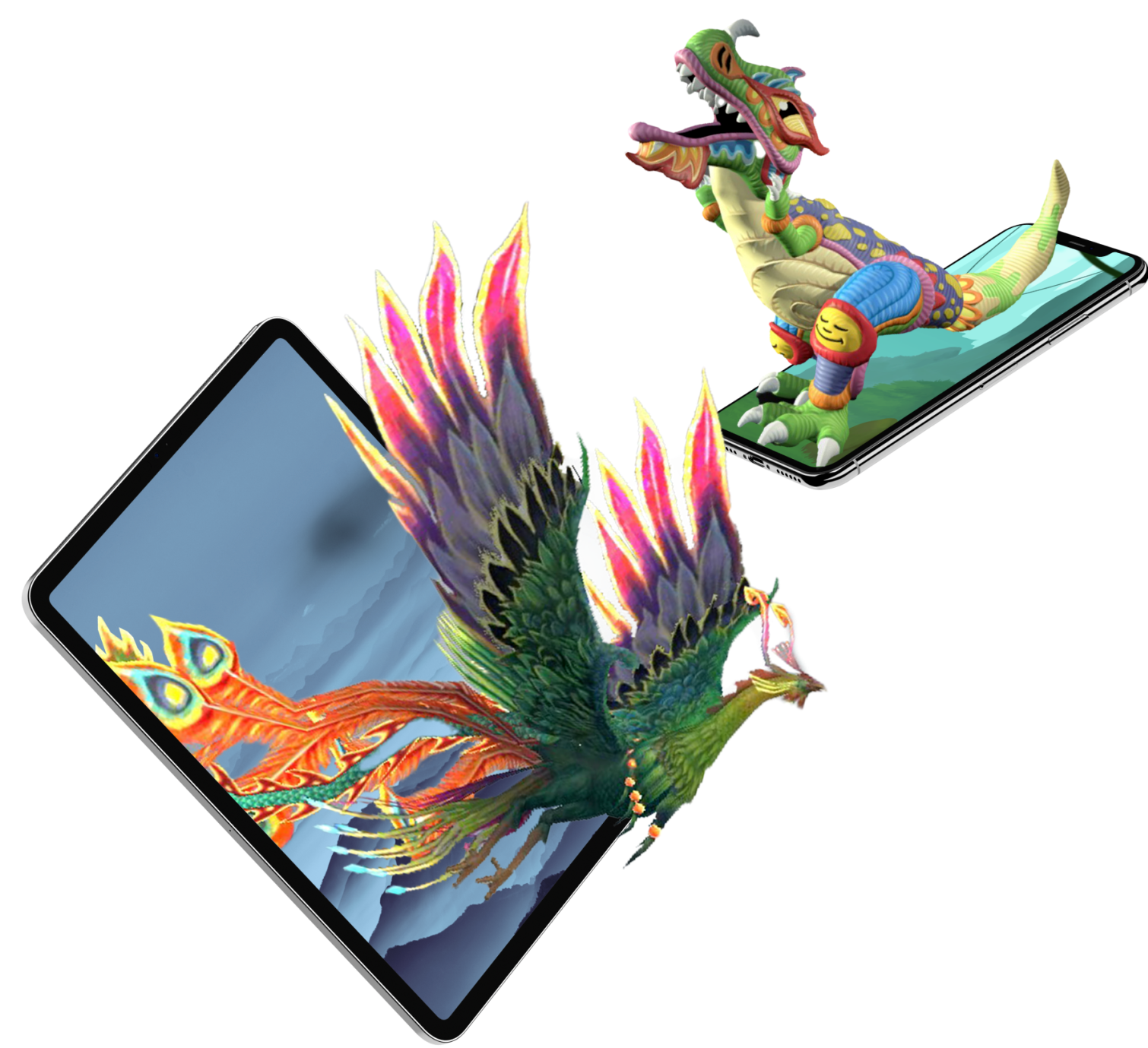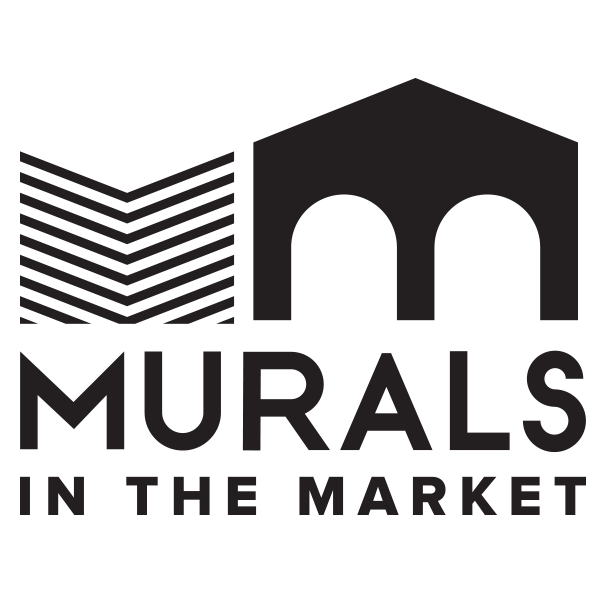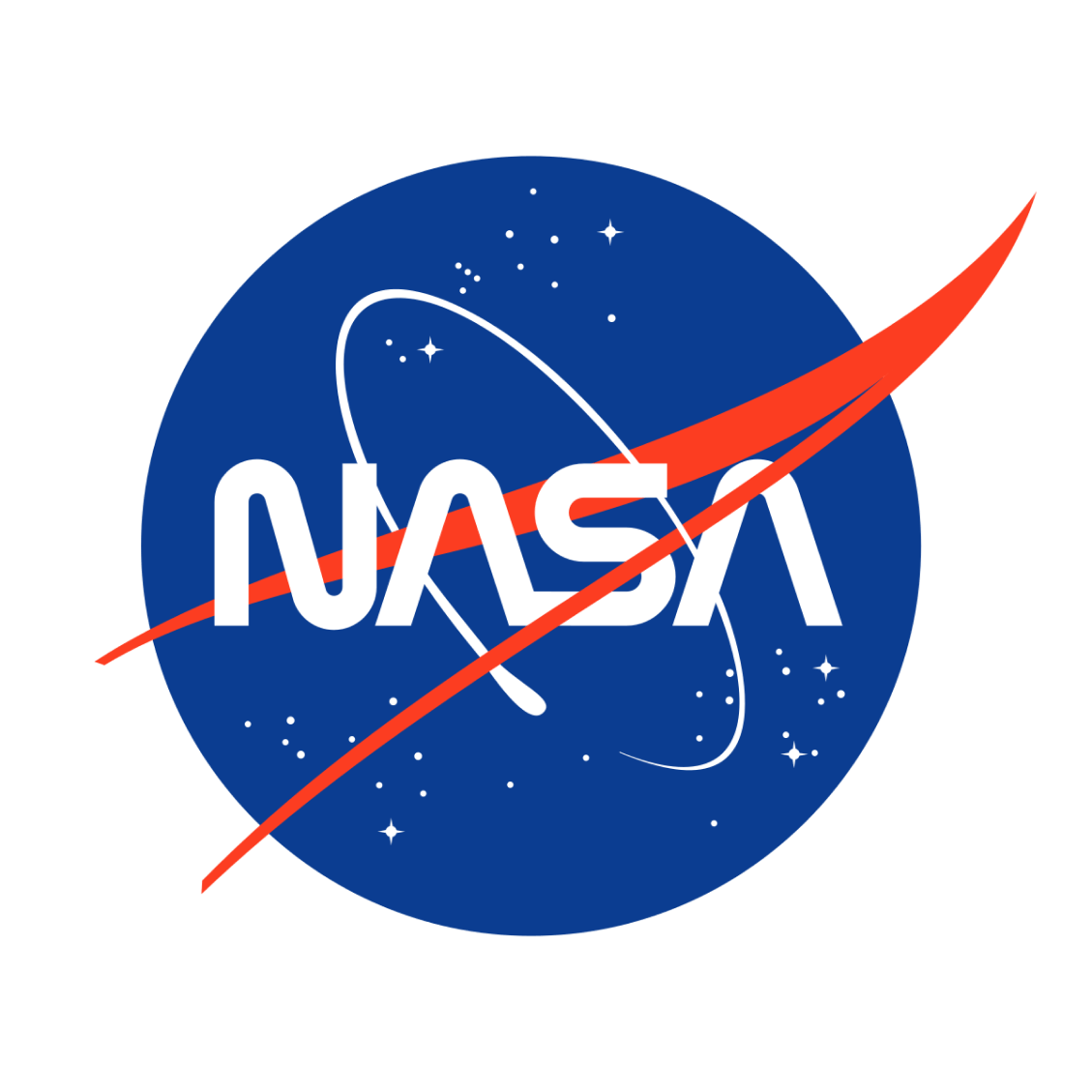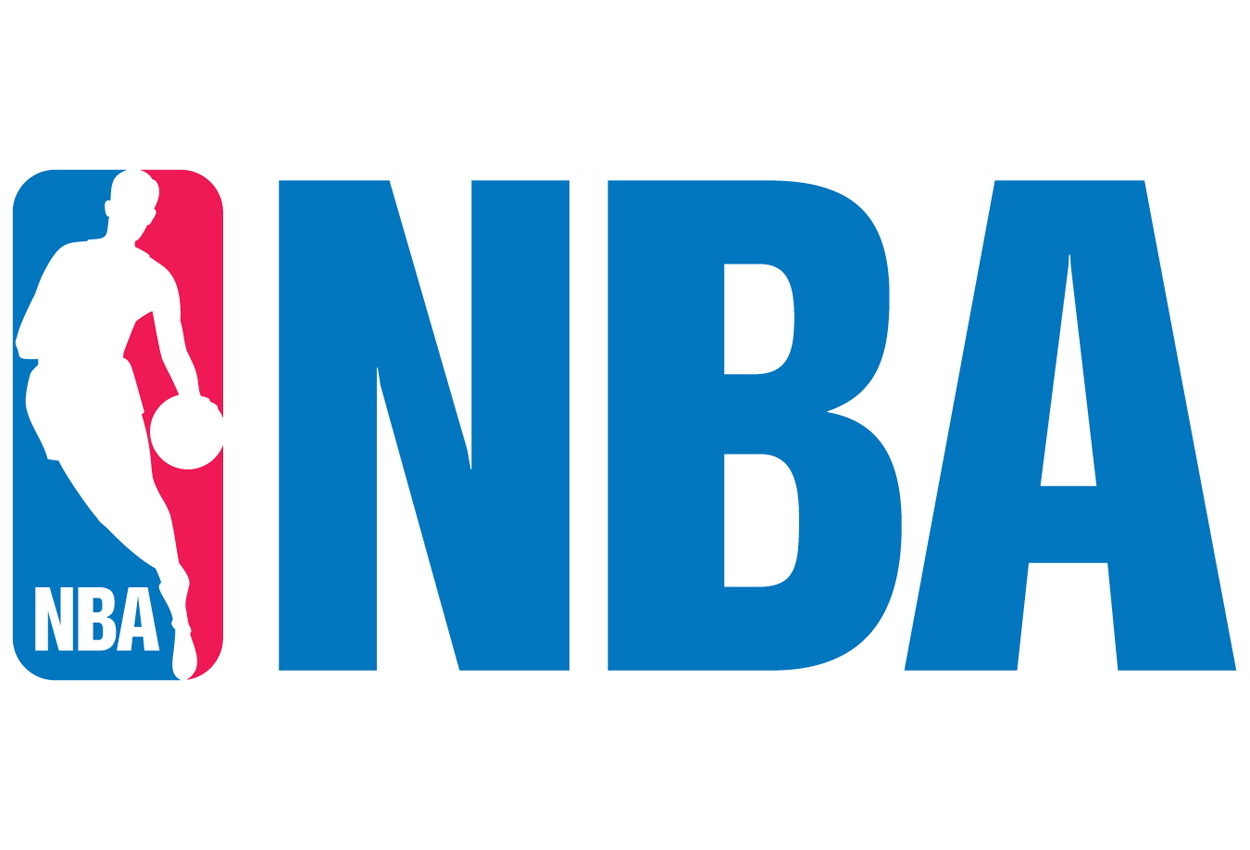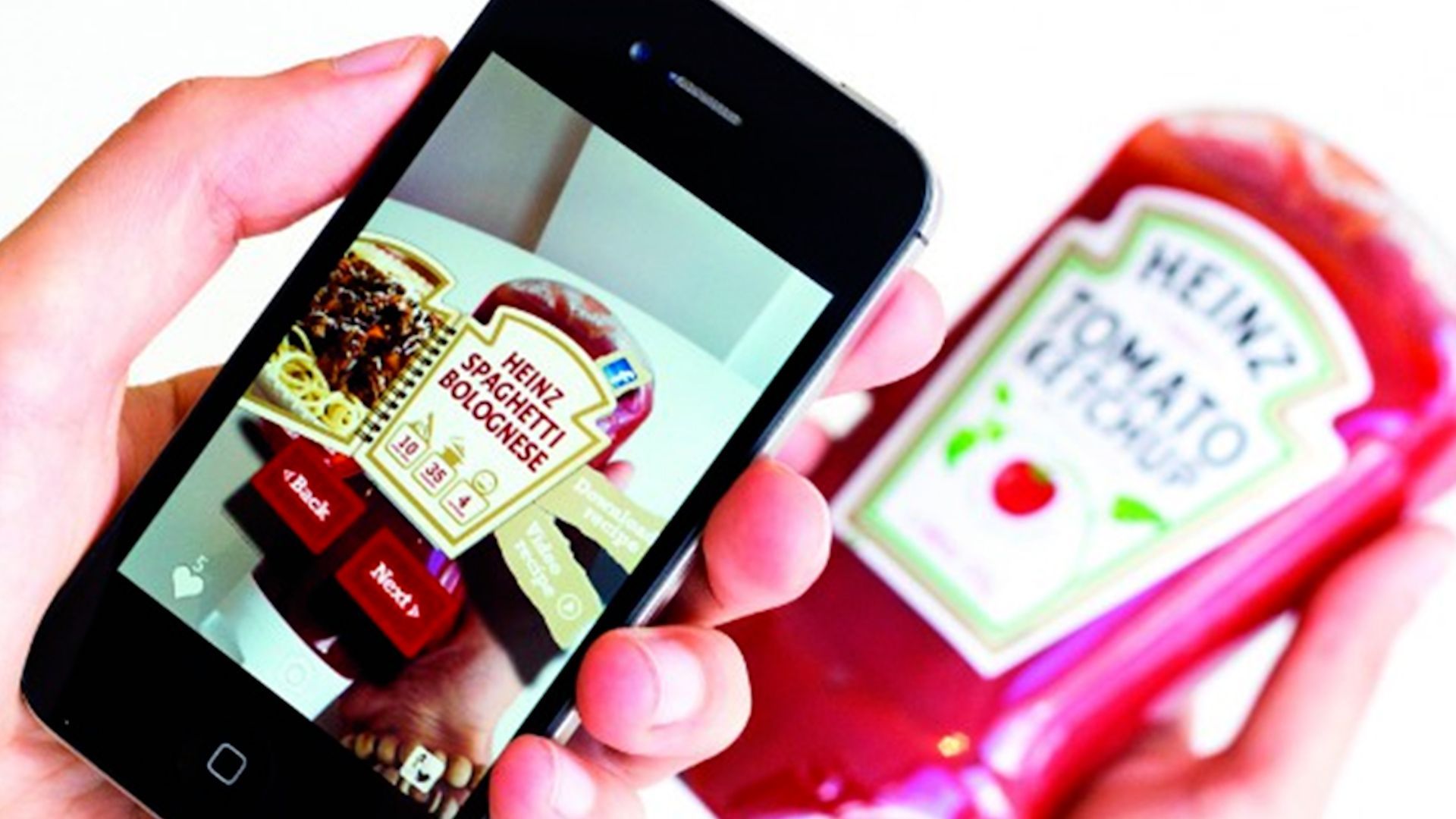Augmented Reality
On Packaging
Augmented Reality (AR) in product packaging is changing the way companies market their products by providing a new and innovative way to engage with customers.
Why should your business be using Augmented Reality (AR) in product packaging?
Companies should be using Augmented Reality (AR) in product packaging to enhance the customer experience and differentiate their products from competitors. AR allows customers to access additional information, product demonstrations, and interactive experiences through their smartphones simply by scanning the packaging. This provides an opportunity for brands to engage with customers in a new and exciting way and build brand loyalty. AR can also be used to reduce product returns by providing customers with a better understanding of the product before they make a purchase. Overall, the use of AR in product packaging provides a unique and valuable experience for customers, helping companies to stand out in a crowded market.

How will Augmented Reality (AR) in product packaging impact the future of e-commerce?
AR in product packaging will have a significant impact on the future of e-commerce by providing customers with a unique and valuable experience, improving customer satisfaction and loyalty, and providing companies with valuable data and insights to improve their e-commerce operations. Furthermore, AR has the ability to make e-commerce more accessible and convenient, especially for customers who prefer to shop online and receive product information without having to leave their homes.
How is Augmented Reality (AR) in product packaging changing the way companies market their product?
Augmented Reality (AR) in product packaging is changing the way companies market their products by providing a new and innovative way to engage with customers. AR allows companies to provide customers with a better understanding of the product, reducing product returns and increasing customer satisfaction. Overall, AR in product packaging is revolutionizing the way companies market their products, providing a valuable and memorable experience for customers that helps to build brand loyalty and stronger relationships.
Drive Foot Traffic with Augmented Reality Murals
How It Works
Augmented Reality (AR) in product packaging is changing the way companies market their products by providing a new and innovative way to engage with customers.
01
Discover
A Creative Director will work with you on vision & visual targets, short-term and long-term goals.
02
Design/Develop
Working with our internal partners, we start to plan out how the experience will work with the technology and platforms’ requirements.
03
Test
This stage is all about making sure the experience meets the Goals & KPIs and is working as intended without any breaking issues. Internal testing is done during this phase.
04
Publish
This stage is all about getting the client’s final approval of the experience. Client provides confirmation they are happy with the final output and ready to proceed.
